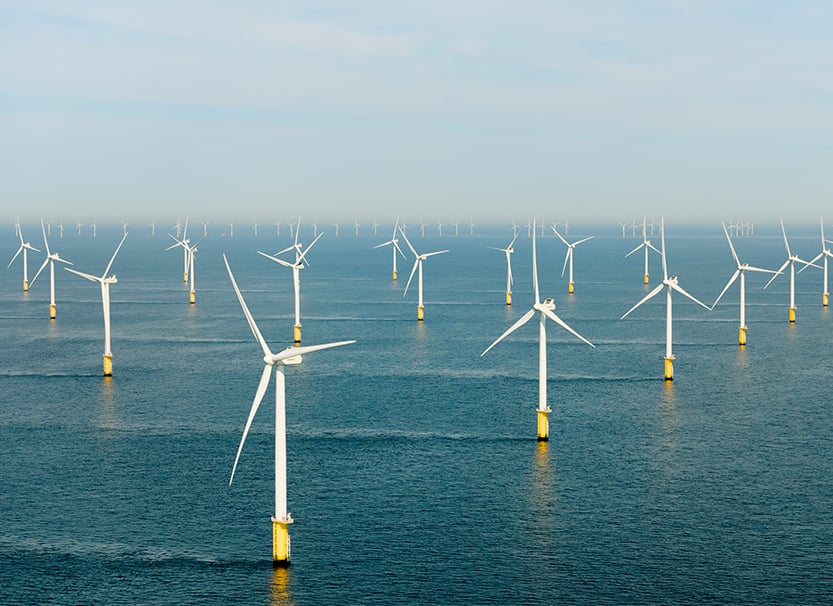
PJM Limits Renewable Energy Resource Capacity Values for Allocation of Capacity Interconnection Rights
On April 7, 2023, the U.S. Federal Energy Regulatory Commission (FERC) issued an Order Accepting Tariff Revisions Subject to Condition (183 FERC ¶ 61,009) approving a PJM Interconnection LLC (PJM) proposal to limit the power capacity values of wind, solar, and hybrid resources within PJM’s recently adopted grid reliability framework.
U.S. FERC Reverses Course on Rehearing, Rejecting Southwest Power Pool Effective Load-Carrying Capacity Accreditation Methodology
On March 2, 2023, in a 3–1 decision, the U.S. Federal Energy Regulatory Commission (FERC) rejected, without prejudice, Southwest Power Pool (SPP) proposal to adopt an Effective Load Carrying Capacity (ELCC) capacity accreditation methodology for wind and solar resources (Rehearing Decision). Commissioner Allison Clements issued a concurring statement, and Commissioner James Danly issued a dissenting statement. The Rehearing Decision reverses FERC’s August 2022 decision accepting, subject to conditions, SPP’s proposal to accredit wind and solar resources based on historical performance using an ELCC methodology (August Decision).
DOE Announces Over $4B in Energy Transition Project Tax Credit and Grant Programs
The U.S. Department of Energy (DOE), alongside the Internal Revenue Service (IRS) and Department of the Treasury, has announced plans to implement programs funded by the Inflation Reduction Act and the Bipartisan Infrastructure Law: the Low-Income Communities Bonus Credit Program (48(e)), the Qualifying Advanced Energy Project Credit (48C)), and the Advanced Energy Manufacturing and Recycling Grant Program. Together, these programs will make available more than $4 billion in federal tax credits and grants for energy transition projects in an effort to “accelerate domestic clean energy manufacturing and ensure traditionally underserved communities benefit from clean energy technologies.”
U.S. Interior Proposes Renewable Energy Regulations for the Outer Continental Shelf
For the first time since 2009, the U.S. Bureau of Ocean Energy Management (BOEM) is proposing to modernize rules promulgated by its predecessor, the Minerals Management Service (MMS), facilitating the development of wind energy resources on the outer continental shelf (OCS). The 93-page proposed rule, published in the Federal Register Monday, covers decommissioning, geophysical and geotechnical survey submission requirements, approval of meteorological (met) buoys, project verification procedures, and BOEM’s renewable energy auction process, among many others. A related, final rule codifies the division of responsibility between BOEM and another MMS successor, the Bureau of Safety and Environmental Enforcement, as set forth in a December 2020 memorandum of understanding.
